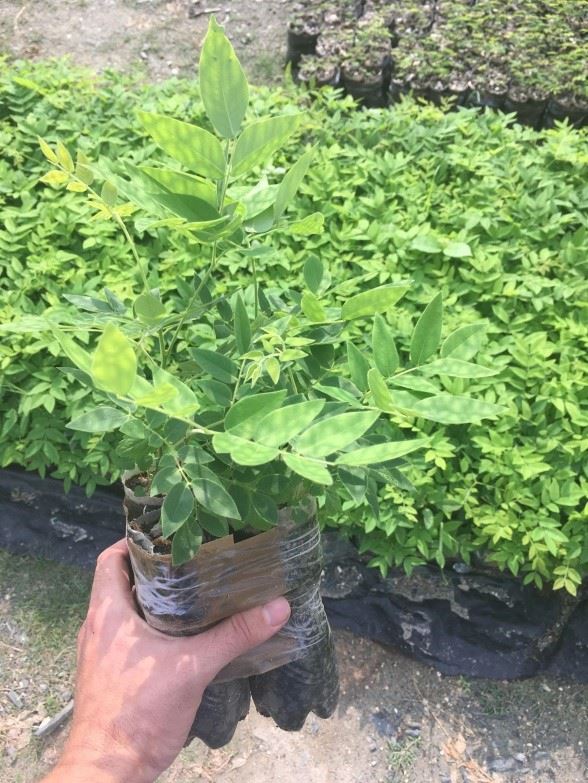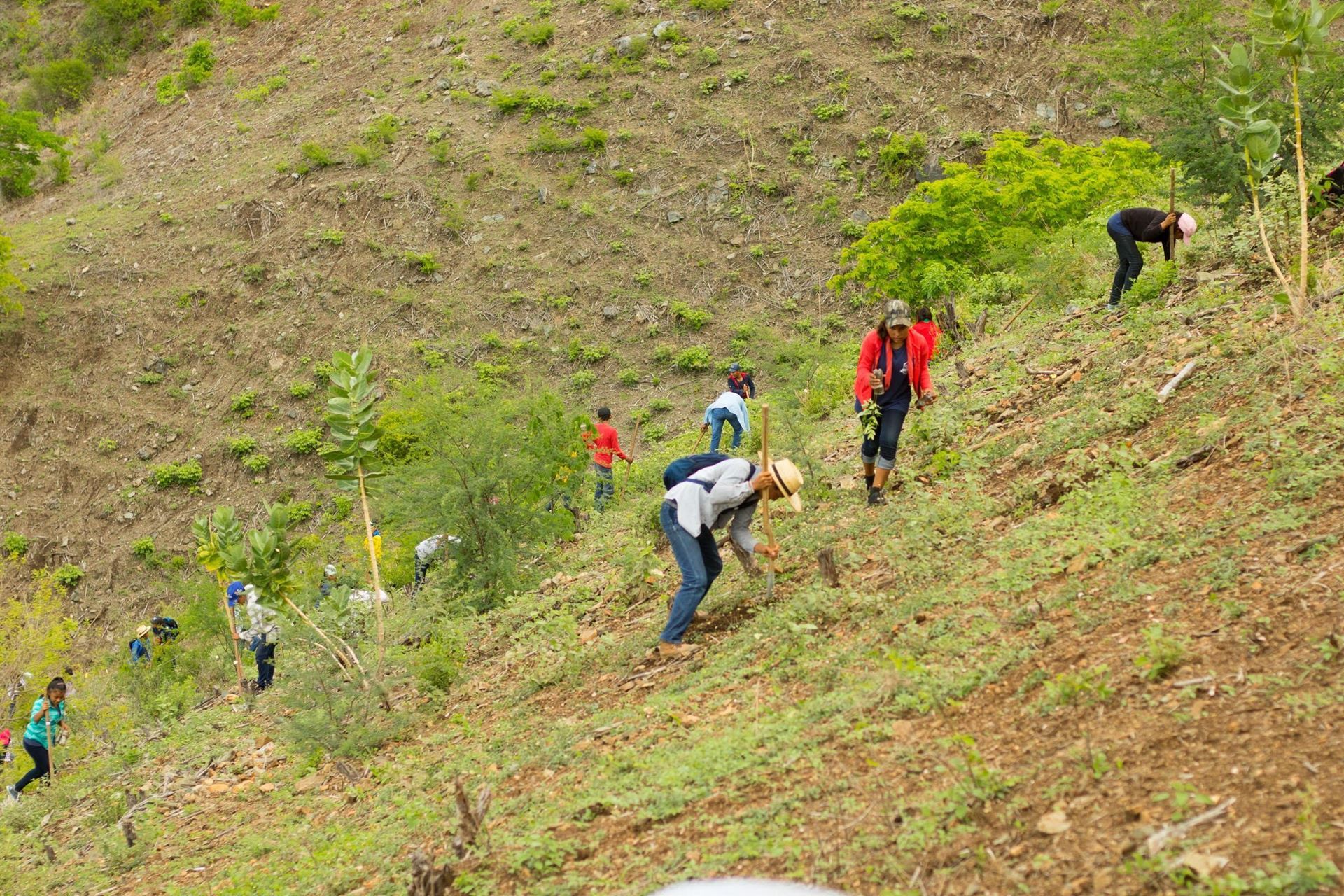Last year, the AZH provided $7,000 for the International Reptile Conservation Foundation (IRCF) to implement a community-based habitat restoration project to support the Guatemalan beaded lizard (Heloderma charlesbogerti). Building on past success, the IRCF will use AZH funding this year to create habitat for these critically endangered reptiles by re-establishing oak forest on abandoned agricultural plots. This will be the first ecological restoration project in the dry forests of Guatemala. The project objectives are:
1. Assess and document tree species composition in well-preserved areas of forest habitat.
2. Engage local communities in direct conservation actions such as tree seed collection and reforestation.
3. Establish a local nursery to propagate tree seedlings large enough to withstand dry seasons.
4. Restore up to 100 hectares of habitat with 10,000 native trees.
5. Determine survival and growth rates of newly planted trees.
6. Develop scalable techniques for dry forest ecosystem restoration in the Matagua Valley.
Initial documentation of the tree species that occur in well-preserved forested areas has taken place, along with collection of seeds whenever possible. Twenty-five species have already been germinated, however, only a few of these were selected for the first stage of the reforestation program.
A large-scale nursery has been established, complete with water tanks, a water pump, shade cloth, and fencing; re-purposed soda bottles serve as nursery pots. A cost-effective, community-based method for propagating trees in large numbers was developed, transferring capacities to long-term community, school, and volunteer stakeholders who will be able to continue the project indefinitely. Thanks to timely problem solving in overseeing the operation of the nursery, we are on track to surpass our goal of 10,000 trees annually. The program so far includes about 20 volunteers continually taking care of different aspects of the project. Additionally, about 200 people have participated in reforestation events.


Initiating planting of trees in the field coincided with the beginning of rainy season. So far, 5,000 trees have been planted and further reforestation events will soon take place. Monitoring of the trees planted in the field has determined that the survival rate is near 100 percent due to the abundant precipitation.
The main goal of this project was to develop and test scalable techniques for the reforestation of the Guatemalan beaded lizard habitat. If we continue to nurture and coordinate these alliances, the Motagua Valley dry forest future looks promising. — Darryl Windham